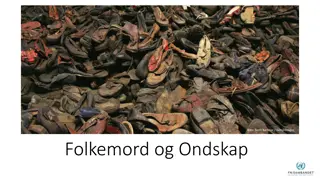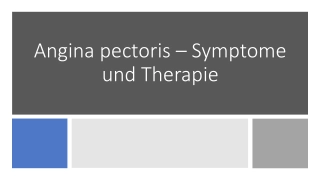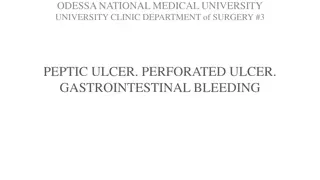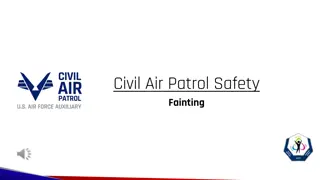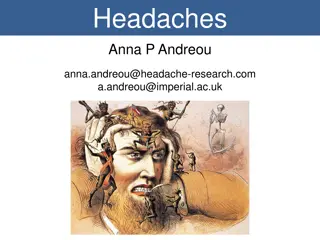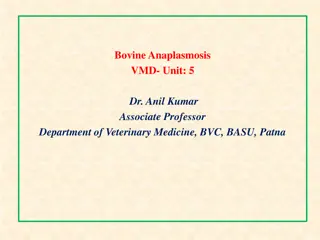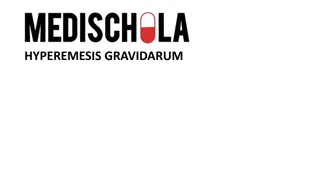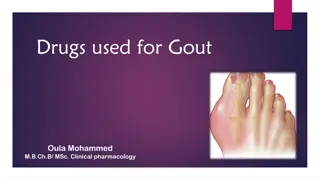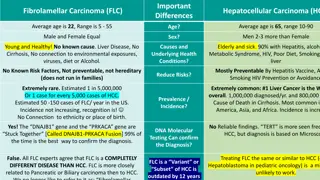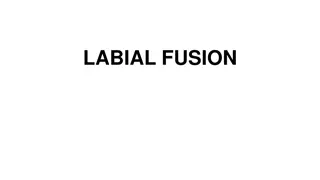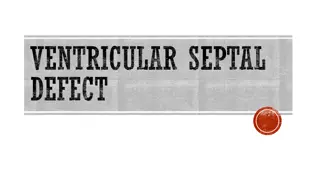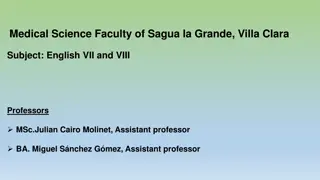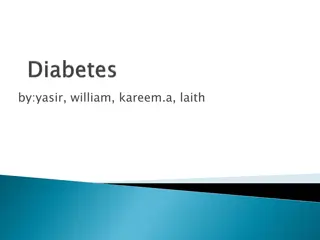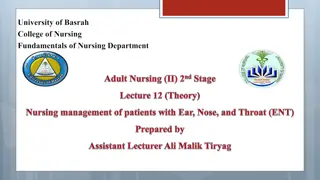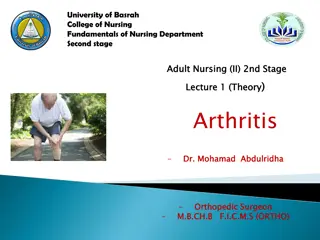Understanding Poll Evil and Yoke Gall in Horses: Symptoms and Treatment
Poll evil and yoke gall are common afflictions affecting horses, particularly in the neck region. Poll evil is an inflammatory condition characterized by a painful swelling at the top of the neck, while yoke gall is localized acute inflammation caused by yoke pressure. Poll evil is typically treated with irrigation, drainage, and antibiotics, while yoke gall requires addressing the underlying causes such as improper yoke fit. Understanding these conditions is essential for proper equine health management.
Download Presentation
Please find below an Image/Link to download the presentation.
The content on the website is provided AS IS for your information and personal use only. It may not be sold, licensed, or shared on other websites without obtaining consent from the author. Download presentation by click this link. If you encounter any issues during the download, it is possible that the publisher has removed the file from their server.
Presentation Transcript
poll evil and other affections of the neck Gulshan Kumar MVSc, PhD college of veterinary science & animal husbandry, duvasu, Mathura (UP)
POLL EVIL Poll evil is an inflammatory illness of horses that manifests itself in a characteristic swelling on the top of the neck and the back of head between the ears. It is necrosis of ligamentum nuchae and dorsal arch of the atlas due to injury and infection of the bursa (bursitis) at the poll and the neck and progresses to a large abscess at the poll. It starts as an inflamed bursa at the anterior end of the neck between the vertebrae (atlas in particular) and the nuchal ligament, and swells until it presents as a characteristic swelling at the poll which is very painful and lobulated. The swelling can increase until it ruptures and drains (purulent discharge). There are several causes of poll evil (talpa), such as injury, irritation of the skin or a puncture wound, but the most common cause is infection by various bacteria including Brucella abortus accompanied by Actinomyces spp., Corynebacteriuim, E. Coli, Pastuerella spp., Proteus mirabilis, Staph. spp., Streptococcus spp and even some parasites like Onchocerca spp. The head is kept abnormally high due to pain. It is not serious but, very troublesome as it is very difficult to get rid of all the necrotic tissue and provide effective drainage for the pus. college of veterinary science & animal husbandry, duvasu, Mathura (UP)
college of veterinary science & animal husbandry, duvasu, Mathura (UP)
POLL EVIL Treatment involves irrigation and drainage. In older times, use of solid caustics was in vogue e.g., Perchloride of mercury, or arsenic paste. The caustics aid in sloughing off of the necrosed tissue and thus, assist in healing. Broad spectrum antibiotics through parenteral route has shown positive results and some have advocated use of cotton strain 19 vaccine (up to 3 doses-ten days apart) along with antibiotic therapy. Surgical excision: Under general anesthesia. A 5-8cm long incision in the middle line of poll from in front of occipital crest to a point behind the posterior limit of the lesion. Incise through skin down to the ligament nuchae. Curette the tracks of the ligament and ulcers on the bone. Remove all necrotic tissues from its depth. Arrest the profuse haemorrhage by plugging with sterile medicated gauze. for 24 hours Thereafter treat it as an open wound (for 6 weeks). college of veterinary science & animal husbandry, duvasu, Mathura (UP)
Yoke gall: Localized acute inflammation of the skin and subcutis on the neck due to injury caused by friction (rubbing) of the yoke. It may be a swelling due to separation of layers of skin and subcutis and accumulation of inflammatory exudates therein. Uneven and undue pressure of the yoke on the neck and its sudden movements are the causes. Occurs at a young age (tender skin). Early castration results in failure of neck muscles to develop. General debility decreases the resistance of neck muscles. It may also result due to repeated injuries by the yoke. More amount of fibrous tissue is usually laid down. In long standing cases, the swelling reaches a large size and resembles a tumor - tumour neck. Sometimes as a result of further contusion, the swelling becomes acute. Such acute phases may alternate periodically with phases of comparative quiescence during most of the animal s working life. When acute, the occurrence of the swelling is sudden. It may be small or as large as a football. Treatment of Acute lesion: Paint liquor iodine. Apply acetic acid chalk paste or kaolin paste or Magnesium Sulphate-glycerin paste for a few days, until the part becomes normal. For cystic swellings, acute and chronic abscesses treatment is on general principles. For multiple cold abscesses with unhealthy skin the region is blistered and after maturation it is opened and treated on general lines. college of veterinary science & animal husbandry, duvasu, Mathura (UP)
For solitary cold abscess with healthy skin: Enucleation with its walls intact, aseptically as in operative surgery guide. The incision should never be across or along, but oblique to the neck. It should not be on the mid dorsal line of the neck. Aim first intention healing. The animal must be put to work, 3 or 4 weeks after the removal of sutures, gradually to avoid the rupture of the healing tissue at the operation site. Causes of failure of healing by first intention: Infection, excessive trauma during operation, use of irritant antiseptics, haemorrhage, improper a position of the lips, and interference by the animal after the operational. Second intention healing may result in the formation of a very large scar. This interferes with the usefulness of the animal for work. Yoketumour: It may be a cystic swelling due to bursitis or a tumour mass due to chronic inflammation in the yoke region. When the tumour is very large and involves most of the neck due to deposition of much fibrous tissue it is called tumour neck. college of veterinary science & animal husbandry, duvasu, Mathura (UP)
college of veterinary science & animal husbandry, duvasu, Mathura (UP)
Torticollis: Twisting or distortion of the neck is called torticollis or wry neck. The condition has been observed in calves, adult cattle, buffaloes and horses. Mostly this condition is seen when animal falls with head and neck under body. There may be subluxation of one or more joints of certain cervical vertebrae or spasm of certain cervical muscles. Unilateral muscle paralysis in the region of neck may also cause wry neck. The animal keeps its head lowered, slightly twisted and turned to one side. There is severe pain in initial stages. Subluxation can be corrected after local inflammation and pain subsides to a certain extent, splints may be used on both the sides of neck to immobilize. college of veterinary science & animal husbandry, duvasu, Mathura (UP)








